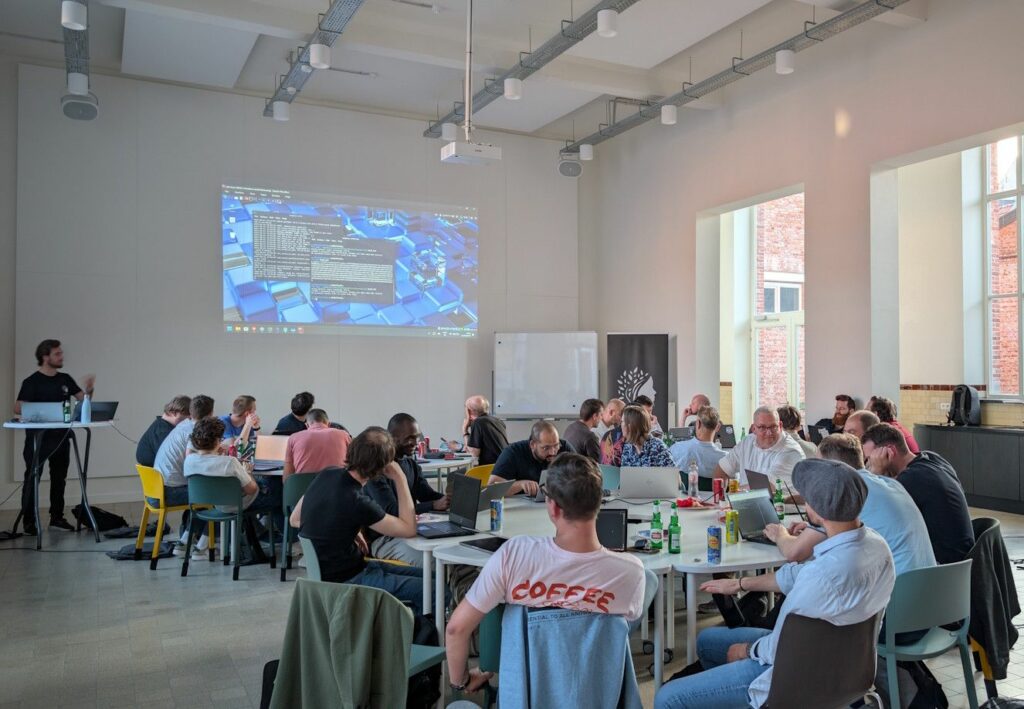You’re at work, and you get a call from IT support. The person on the phone sounds professional, and they tell you there’s a security issue with your account. They just need you to confirm your password so they can fix it. It sounds urgent. You don’t want to be the reason something goes wrong, so you give it to them. Five minutes later, a hacker has full access to your company’s system.
Welcome to social engineering; one of the most dangerous (and most overlooked) cyber threats.
What is social engineering?
Social engineering is manipulation. Instead of hacking into your systems, cybercriminals hack into your trust. They trick you into giving away sensitive information, clicking on malicious links, or granting them access to your accounts. They don’t need to break in … they get you to open the door for them.
How social engineering works
Hackers play on psychology. They use tactics that make you feel:
- Rushed – “This is urgent! Act now!”
- Afraid – “Your account will be locked if you don’t respond.”
- Helpful – “I just need one little favour.”
- Trusting – “I’m from IT. You can trust me.”
By the time you realize what’s happened, they’re already inside.
How these attacks happen
Ever received an email asking you to reset your password? Or a message from your bank about suspicious activity, urging you to “click here” to verify? These are classic phishing attacks—fraudulent messages designed to steal credentials or install malware. Other tactics are more personal. For example, a scammer might pose as your coworker in a pretexting attack, calling you with a “problem” that requires your login details. Or they might use baiting, leaving an infected USB drive labelled “Confidential” in your office, knowing curiosity will get the better of someone. Then there’s tailgating, where an attacker simply follows an employee into a secured building, often holding a coffee in one hand and a fake badge in the other. People hold doors open, because it’s polite. And just like that, the hacker is inside.
How to protect yourself & your business
- Slow down – If a message or call feels urgent, take a breath. Scammers love panic.
- Verify requests – If IT or your boss asks for sensitive info, call them back using a known number.
- Think before you click – Hover over links before clicking. If something looks off, don’t open it.
- Use multi-factor authentication (MFA) – We know, you hate this one. But even if a hacker gets your password, they won’t get in without the second step.
- Educate your team – The best defence? Awareness. Train employees to recognize threats.
Book a free consultation with Refracted Security today! 👉 Schedule your training
Final thought: Cybersecurity is human security
Firewalls and antivirus software can’t protect against human trust. Social engineering preys on the most unpredictable factor in security—you. But awareness is power. The more we recognize these tricks, the less effective they become. So next time an email urges you to act fast, do the opposite. Pause. Verify. Think. Because in cybersecurity, the smartest move is often the simplest one: don’t take the bait.
At Refracted Security, we believe cybersecurity isn’t just about firewalls and software—it’s about people making smart, informed decisions.
Stay aware. Stay sceptical. Stay secure. Think you’d spot a social engineering attack? Test your team’s awareness with our expert training.
Let’s talk. 📩 Learn More



